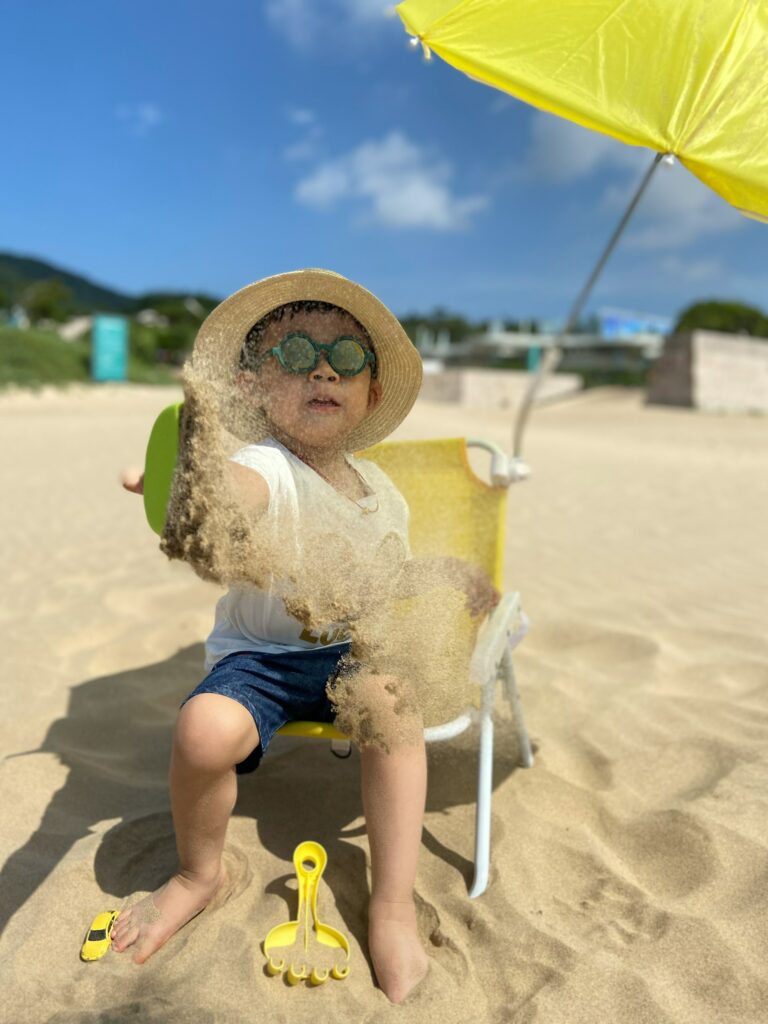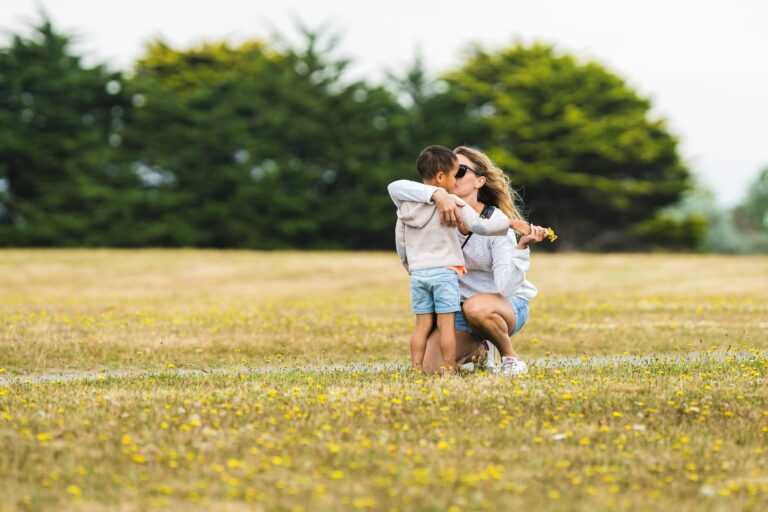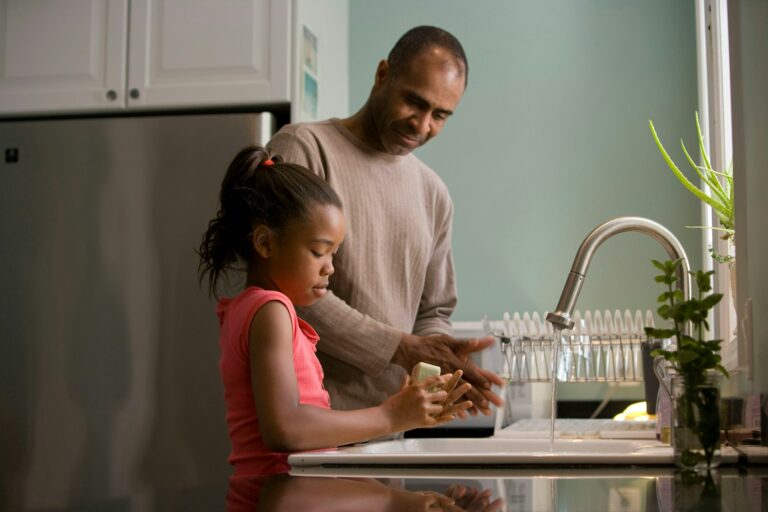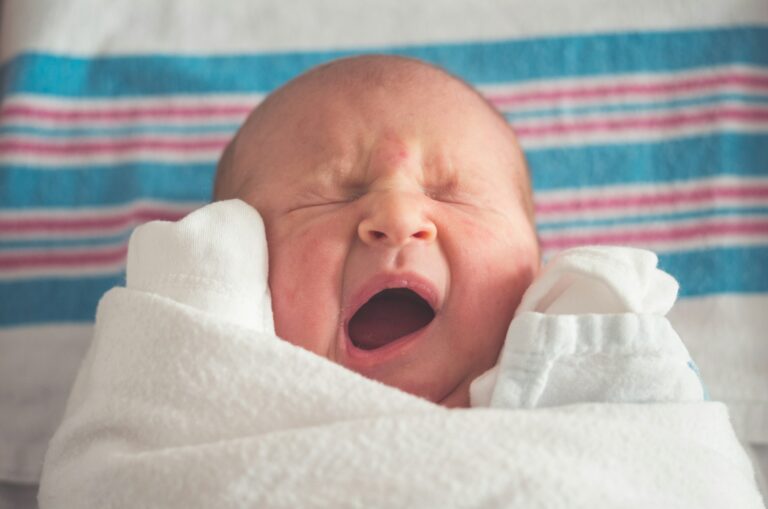Navigating the world of baby shoe size can leave many parents questioning each decision—after all, these are tiny feet with enormous growing potential! How do you make sense of all those numbers, conversion charts, brands, and claims, especially when every child seems to follow their own pace? Some little ones outgrow shoes overnight, others seem content in the same pair for months. Discomfort, odd walking patterns, constant fussiness—so many signs, but what actually matters from a medical perspective? Proper foot development starts with the right fit—and yet, advice often feels overwhelming. Here, you will find guidance to address the common anxieties around measuring, choosing, and maintaining those all-important baby shoes, with health, comfort, and your baby’s individual needs at heart.
Why the right baby shoe size matters for growing feet
Tiny feet are true marvels! At birth, a baby’s foot is a soft bundle—dominated by cartilage, fatty pads, and ever-shifting bones. Unlike adult feet, the bone structure forms gradually. The first few years? Imagine “work in progress,” where every pair of shoes either helps or hinders optimal development. Ill-fitting footwear can burden these malleable tissues, potentially causing discomfort, uneven growth, or, in rare cases, deformities such as hallux valgus (when the big toe drifts outwards). Flexibility and room for movement are essential. Pediatricians and podiatrists consistently highlight that healthy foot development is best supported by a shoe that follows the natural contours of the foot, permits toe splay, and adapts to the rapid growth phases seen in infants and toddlers. The wrong size—too small, too tight, or too rigid—may lead to early issues like ingrown toenails, calluses, or persistent pain when walking.
Anatomy and development: what makes baby feet unique?
Babies, quite fascinatingly, are born with what appear to be “flat feet.” These arches aren’t missing—they’re simply shielded by extra fatty tissue. That plump, doughy appearance? Perfectly normal. As children begin to stand, walk, and experiment with movement, you’ll notice gradual transformations—the arch materialises, muscles strengthen (especially plantar intrinsic muscles), and joints reposition themselves.
Medical studies confirm that barefoot exploration indoors is not only safe but beneficial for balance, proprioception (the body’s ability to sense movement, action, and location), and sensory feedback. Non-slip socks help on cold days, but the priority is always unrestrained movement unless outdoor terrain demands protection. For early walkers, choose shoes with a soft sole—think supple, breathable, and adapting without constriction.
Understanding growth and morphology
A baby’s feet undergo astounding changes—sometimes in a matter of weeks. The average infant’s foot can grow five sizes in the first two years. This rate of change is partly due to the flexibility of the cartilaginous structure; bones only ossify (harden) with age, so any excess pressure or restrictive footwear can have far-reaching effects.
Brands and medical experts alike emphasize materials: supple leather, mesh, soft cotton, and flexibility at the forefoot (front part) are gold standards. A rigid shoe inhibits growth, but ultra-flimsy flip-flops or sandals offer little support when stability is needed, especially outdoors in cold climates. Consider season: insulated ankle boots when temperatures drop, lightweight sandals for sunny days.
How to accurately measure baby shoe size
Measuring your baby’s foot—sounds simple, yet requires precision. What’s the best method?
- Lay a sheet of paper flat against a wall.
- Place your baby’s foot on the paper, heel to the wall, toes relaxed.
- Mark the tip of the longest toe; repeat for the other foot, since asymmetry is common.
- Measure from heel to toe marking with a ruler or soft measuring tape.
- Measure in the afternoon. Feet tend to swell by day’s end, and this small difference matters.
- Always check foot width, not just length, as some babies have broad, chubby feet while others are more slender.
Modern brands sometimes supply printable charts, foot gauges, or even mobile apps for measurement. Repeat every 2–3 months—a routine check can prevent sudden size surprises and discomfort.
Baby shoe size charts and global conversions
How does one decode the numbers? Here’s a quick table, bringing clarity to the sizes you’ll encounter most frequently:
| Age | Foot Length (inches/cm) | US Shoe Size |
|—————–|————————|————–|
| 0-3 months | up to 3.5″ / 9 cm | 1 |
| 3-6 months | up to 3.75″ / 9.5 cm | 2 |
| 6-12 months | up to 4.5″ / 11.4 cm | 4 |
| 12-18 months | up to 4.75″ / 12.1 cm | 5 |
| 18-24 months | up to 5.125″ / 13 cm | 6 |
US, UK, EU, and regional sizes can differ—sometimes significantly. Always consult brand-specific guides, and resist the urge to select based only on your baby’s age. Instead, prioritize real, measured data. Remember the “thumb rule”: leave approximately a centimeter (width of your thumb) between the longest toe and the shoe’s front—this creates the ideal growth margin.
Choosing the right type and fit: more than just a number
- Soft-soled shoes: Essential for pre-walkers and early stage crawlers. They contour to the natural foot shape, fostering muscle engagement and proprioception.
- When your baby graduates to walking outdoors, flexibility remains paramount, but a bit of grip—for those slippery tiles or uneven playgrounds—offers peace of mind. Look for anti-slip soles, and test the shoe’s bend at the ball of the foot.
- For wide, narrow, or particularly chunky feet, adjustable straps, elastic bands, and options labelled for width (“wide fit”, “narrow fit”) take the guesswork out of shopping.
Here’s a tip: always test new shoes with the socks your baby usually wears. Some materials—like hypoallergenic textiles or soft leather—reduce irritation and accommodate chubbier feet. If you see persistent marks after wear, or your baby seems eager to kick shoes off, try a wider model or softer design.
The art of testing fit: practical advice for parents
How many times has a struggle to slip on those tiny shoes led to frustration? The “thumb rule” works wonders—stand your child in the shoes, gently press at the toe—do you have about 8–14 mm space? At the heel, can your pinky finger just about squeeze in? That’s the fit you want: secure, not restrictive.
Be vigilant—shoes that slip, flop, or cause repeated trips are likely too large. Shoes that leave deep imprints or take Herculean effort to get on? Time to size up. And those hand-me-downs in the cupboard? While tempting, remember: every baby’s feet sculpt shoes to their own unique needs. Reusing shoes for first walkers risks poor support for your baby’s developing anatomy.
Recognising when to size up
Redness, new pressure points, difficulty getting the shoe on, or an uptick in fussiness—these are the red flags. Babies experience growth spurts unpredictably; a half-size jump every 2–4 months is not unusual, especially under two years. Check regularly—don’t wait for complaints. If your child appears between two sizes, opt for the larger and use adjustable features to fine-tune the fit.
Climate comes into play too; thick socks in winter demand a little more room, while summer may call for the lightest and most breathable options. Avoid the “buy to last” philosophy—oversized shoes do not mean longer use, but potentially hindered mobility and delayed walking milestones.
Transitioning to shoes: gentle and gradual
No hurry. Barefoot is best when safe and practical. This allows muscles, balance, and sensory circuits to mature naturally. When venturing outside or facing colder weather, introduce shoes gradually. Prioritise softness, flexibility, and a snug—but not tight—fit for the first pairs. Move to more structured, protective footwear only as your child’s ambulatory skills advance and the environment demands.
Activity, season, and special needs: tailor your choices
Adapt shoes to activity and season. Warm boots for chilly days (but always keep flexibility high); airy, open shoes or sandals for hot months (preventing sweating and fungal infections). For water play—quick-dry materials and non-slip soles reduce risk. For babies with diagnosed foot conditions (for example, metatarsus adductus, where the forefoot curves inwards), medical-grade orthopaedic shoes may be needed—always under paediatric recommendation.
Tips for buying, using, and caring for baby shoes
- Prefer in-store fittings when possible; nothing substitutes the tactile assessment of size and shape.
- For online purchases, double-measure, refer to the specific brand’s sizing chart, and examine return policies.
- Clean shoes gently—wipe with a damp cloth, allow natural air drying, and use appropriate care products for sensitive materials (for instance, leather balms to prevent cracking).
- Store in dry, cool places and rotate shoes to maintain hygiene and durability.
- Maintain a logbook for sizes—footwear can outgrow expectations quickly, and tracking changes prevents surprises.
Ensuring proper fit and ongoing foot health
A regular “thumb check” is your friend. Shoes with removable insoles let you fine-tune comfort. If you notice limping, visible redness, or changes in gait, revisit the fit—it may be time for a size adjustment. Always value flexibility, breathability, and the highest safety in every choice.
Key Takeaways
- Baby shoe size impacts more than just comfort—it’s a central piece of healthy foot development.
- Allow for barefoot exploration whenever safe, as this supports muscle growth, balance, and sensory development.
- Measure both length and width of your baby’s feet every 2–3 months; adapt shoe size promptly when changes occur.
- Favour soft, flexible materials and the correct fit—tight shoes or oversized pairs can both impede natural movement and growth.
- Avoid passing down shoes for first walkers, as individual foot shape and support needs are unique.
- Consider season and activity—warmth and insulation in winter, lightness and breathability in summer, secure fit for active play.
- Prioritise hygiene and shoe care: gentle cleaning, regular checks for wear and fit, and prompt replacement when necessary.
- For tailored advice and free child health questionnaires, explore the Heloa app—a resource supporting your parenting journey.
Questions Parents Ask
How do I know when my baby needs the next shoe size?
Many parents notice that putting shoes on becomes a small battle—heels get stuck, toes seem cramped, or red lines appear after a short walk. Perhaps your child trips or wants to take the shoes off quickly. Babies don’t always announce growth spurts! It’s smart to check shoe fit regularly, every couple of months, especially if any discomfort appears suddenly.
Is it safe for babies to wear second-hand or hand-me-down shoes?
Each baby’s feet, much like their fingerprints, are unique. Hand-me-down shoes adapt quickly to the first wearer’s pressure points and gait. If considering reuse, inspect for any wear patterns, bends, or deep imprints. Good condition is essential, but whenever in doubt, prioritise comfort and foot health—particularly for new walkers.
What type of shoes are best for babies just learning to walk?
For those delightful first attempts, the answer is simple yet strongly supported by paediatricians: lightweight, flexible shoes with a soft sole. These let the foot bend, adjust, and “feel” the surface during each step. Around the home, barefoot or non-slip socks remain gold standards—less really can be more for the healthiest start!









